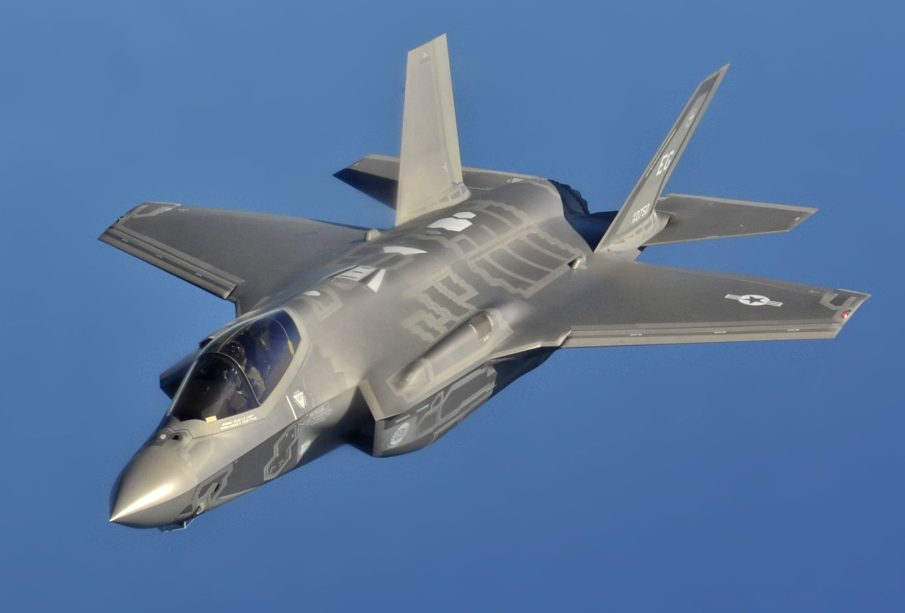The F-35 Fighter Jet: Transforming Air Power

Introduction
The F-35 Lightning II, developed by Lockheed Martin, has emerged as a pivotal asset in modern military aviation. Its significance is underscored by its advanced capabilities, versatility, and the roles it plays within air forces worldwide. As tensions rise globally, understanding the features and implications of the F-35 is increasingly relevant.
Advanced Capabilities
The F-35 comes in three variants: the F-35A (conventional takeoff and landing), F-35B (short takeoff and vertical landing), and F-35C (carrier-based). Each variant is equipped with state-of-the-art stealth technology, sensor fusion, and advanced avionics, which allow it to operate undetected in contested environments. The aircraft’s ability to engage in electronic warfare, combined with its combat radius and payload, makes it a formidable platform on the battlefield.
International Presence
As of 2023, over 1,000 F-35s have been delivered to various countries, including the United States, United Kingdom, Israel, and Japan, among others. Each of these nations leverages its capabilities to enhance air power and establish deterrence strategies. Recently, Finland joined the ranks of F-35 operators, opting for the fighter to bolster its defensive posture against potential threats, especially in light of heightened tensions with Russia.
Cost and Controversies
Despite its advanced technologies, the F-35 programme has faced scrutiny regarding its cost. The unit price of the F-35, although decreasing, is still seen as a significant portion of defence budgets. Critics argue that issues such as software glitches and maintenance demands may hinder operational effectiveness. Nevertheless, proponents assert that the long-term benefits of integrating the F-35 into military operations far outweigh the drawbacks.
Future Implications
The continued development of the F-35 program is crucial as future conflicts evolve. As NATO partners enhance interoperability through the F-35, the fighter jet’s role in collaborative defence strategies will grow. Future upgrades, including enhanced software capabilities and additional weapons systems, are set to keep the F-35 at the forefront of air power for decades to come.
Conclusion
The F-35 fighter jet represents a transformative leap in military aviation, combining innovation with strategic necessity. As global tensions persist, its importance in national defence strategies cannot be understated. The future of air combat will undoubtedly be shaped by the capabilities of the F-35 and its integration into allied forces.








